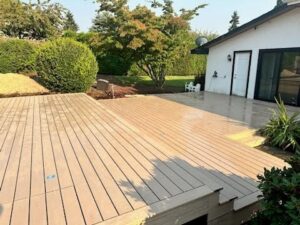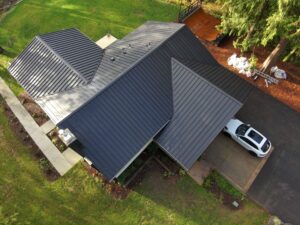Roofs don’t last forever—but knowing when it’s time for a replacement can be tricky. Waiting too long could lead to water damage, structural issues, or higher energy bills. If you’re asking, “Do I need a new roof?” you’re not alone.
In this guide, we’ll cover the most common signs you need a new roof, how to assess roofing wear, and when to take action—before costly problems begin.
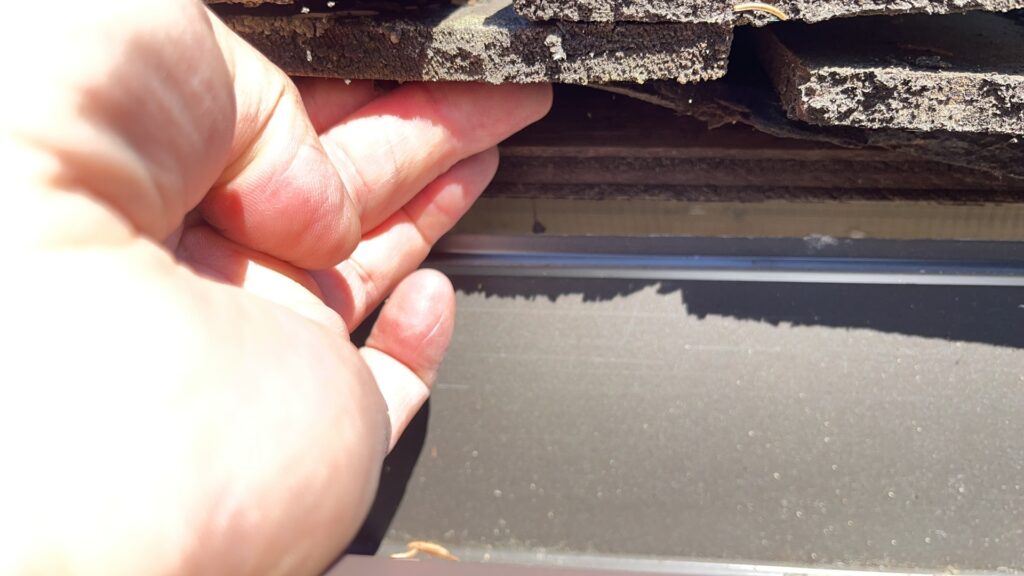
Common Signs You Need a New Roof
Not every roofing problem means you need a full replacement, but these red flags often signal the end of a roof’s lifespan:
1. Curling, Cracked, or Missing Shingles
Shingles that curl at the edges, crack, or disappear altogether are a clear sign of deterioration. These issues leave your roof exposed to water intrusion and UV damage.
2. Granule Loss
Are you finding excessive granules in your gutters? Granule loss means the protective coating is wearing away, which often happens near the end of a shingle roof’s life.
3. Interior Water Stains or Leaks
Water stains on ceilings or attic leaks can mean your underlayment or decking has failed. This is one of the clearest signs you need a new roof.
4. Sagging Roofline
A sagging ridge or low spot in your roof can indicate trapped moisture, rotting wood, or even structural failure. This requires immediate attention.
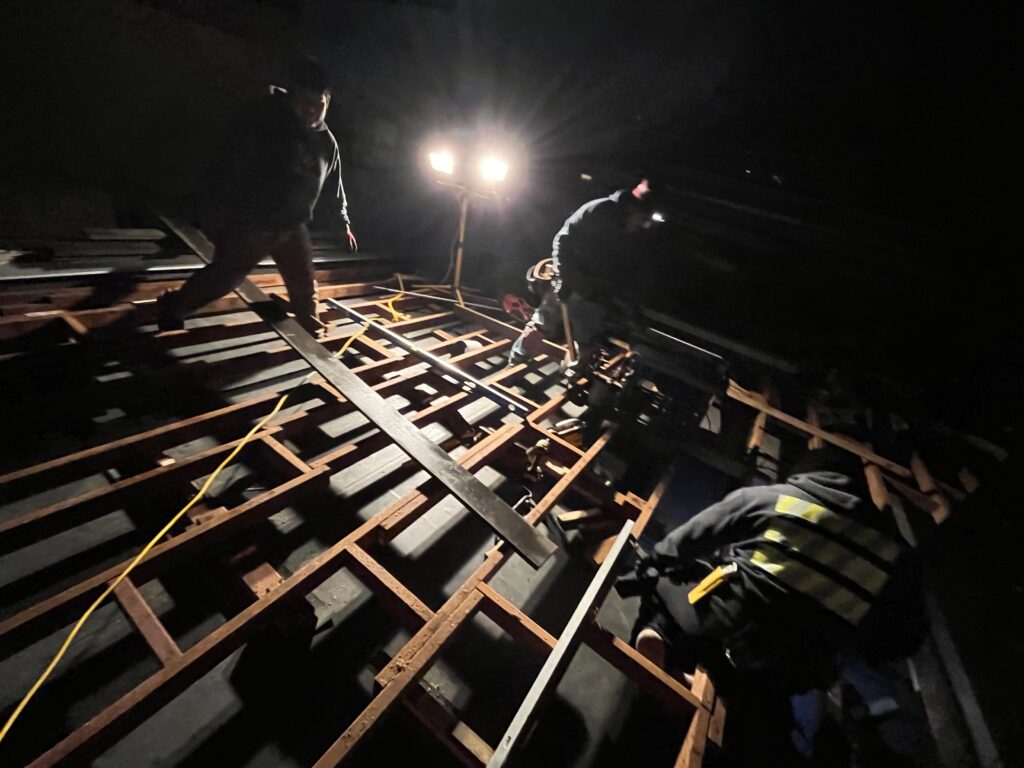
When to Replace a Roof Based on Age and Material
Roof materials age differently. If your roof is nearing the end of its expected life, it may be time to budget for a replacement—even if it looks fine from the ground.
Average Roof Lifespans
- Asphalt Shingles: 20–30 years
- Metal Roofs: 40–70+ years
- Tile or Slate: 50–100 years
If your roof is approaching these milestones, inspections should be more frequent. Preventive replacement is often cheaper than waiting for major leaks or damage.
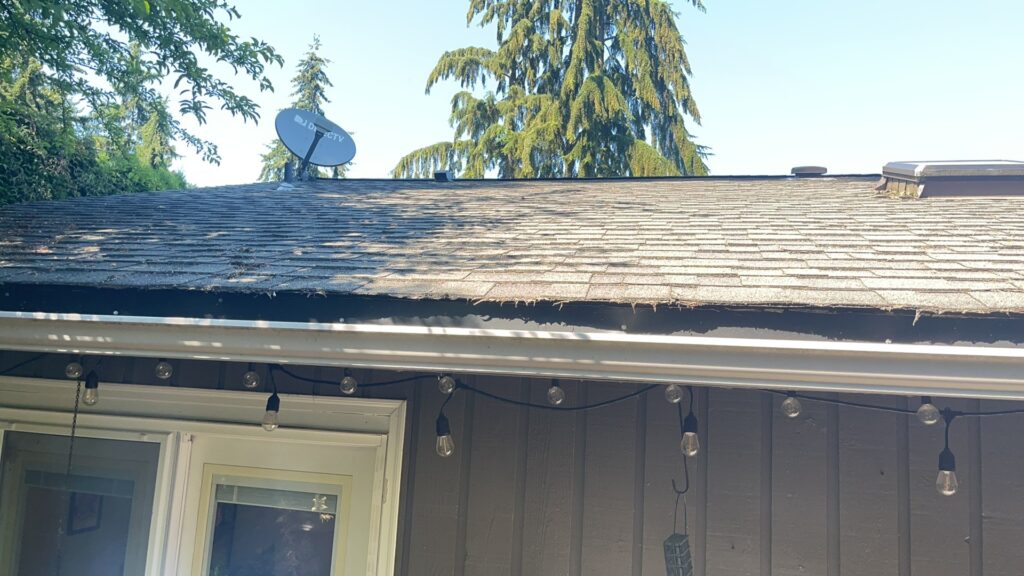
Do I Need a New Roof or Just a Repair?
It depends on the extent of damage. A small leak might be fixed with localized repair. However, widespread shingle loss, structural issues, or water damage inside the home usually indicate it’s time for full replacement.
Repair vs. Replace Checklist
✅ Minor damage in a localized area? Try a repair.
❌ Multiple leaks or extensive wear? Replacement is smarter.
✅ Roof under 15 years old? Repair is usually sufficient.
❌ Roof over 20–25 years with problems? Replacement is likely.
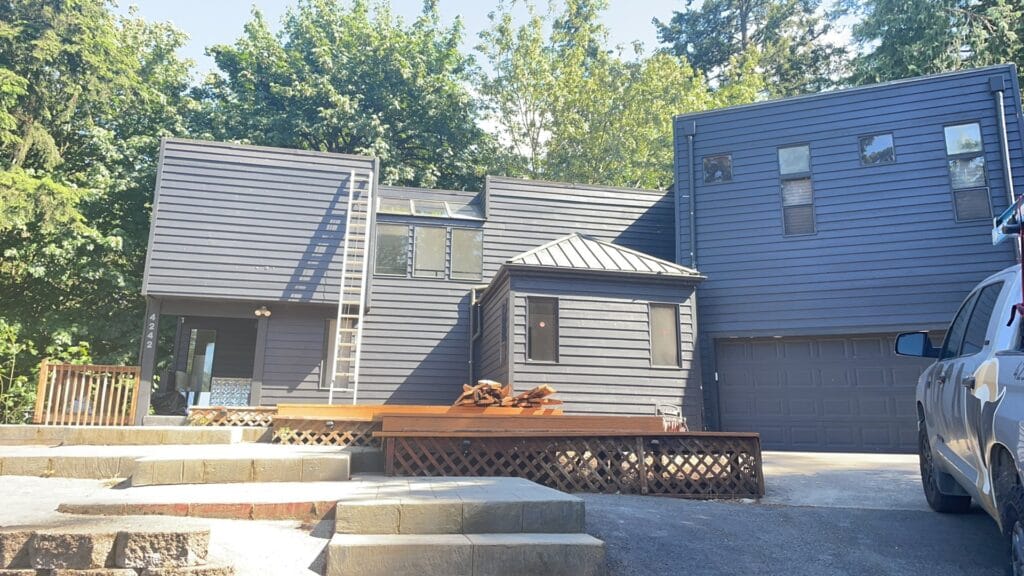
What Comes Next? Planning Your Roof Installation
If you’ve identified signs you need a new roof, understanding what happens next is key. To learn about timelines, materials, and budgeting, check out our New Roof Installation Guide for a full overview of the process.
Final Thoughts: Know the Signs Before It’s Too Late
Understanding when to replace a roof can save you from stress and major home repairs. If you’re seeing curling shingles, roof leaks, or a sagging structure, these are not issues to ignore.
Staying informed and proactive is the best way to protect your home—before water damage and expensive repairs take hold.
Ready to Take the Next Step?
If you’re noticing signs of roof aging or damage, don’t wait until the problem worsens. A timely inspection and proper guidance can help you avoid major repairs. Contact Orca Roofing & Exteriors to schedule a professional roof evaluation.
Signs You Need a New Roof FAQs:
How much does a new roof cost?
The cost of a new roof depends on several factors: size, materials, pitch, and labor. In the Pacific Northwest, most roof replacements range between $12,000–$25,000 for asphalt shingles, with premium materials like metal or composite costing more. For a detailed breakdown, visit our guide: How Much Does It Cost to Replace My Roof?
Does a new roof increase home value?
Yes—installing a new roof can significantly boost your home’s resale value and curb appeal. According to industry reports, homeowners can expect to recoup 60–70% of their investment, depending on material and location. A new roof also helps avoid inspection issues when selling.
How do I know if I need a new roof?
Common signs you need a new roof include: curling or missing shingles, leaks or water stains in your attic or ceiling, shingle granules in gutters, sagging roofline or visible structural damage, roof age (20+ years for asphalt shingles)
Learn more here: How to Tell If You Need a New Roof
What should I check after having a new roof installed?
After a roof installation, check that:
- All flashing and vents are sealed properly
- Shingles or panels are aligned and secure
- There’s no leftover debris or nails on site
- Gutters and downspouts are clear
- You received warranty and inspection documentation
If you spot anything off, contact your contractor—like Orca Roofing & Exteriors—to address it promptly.
